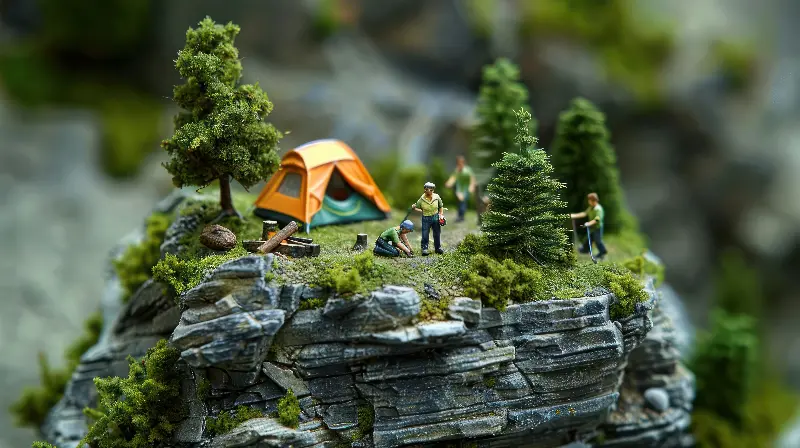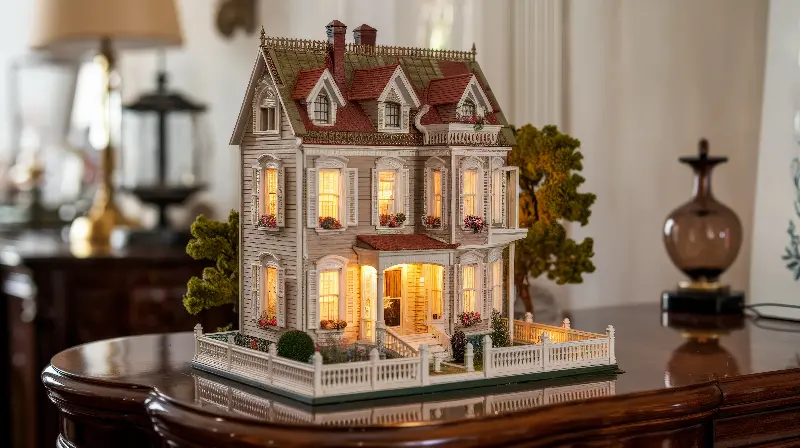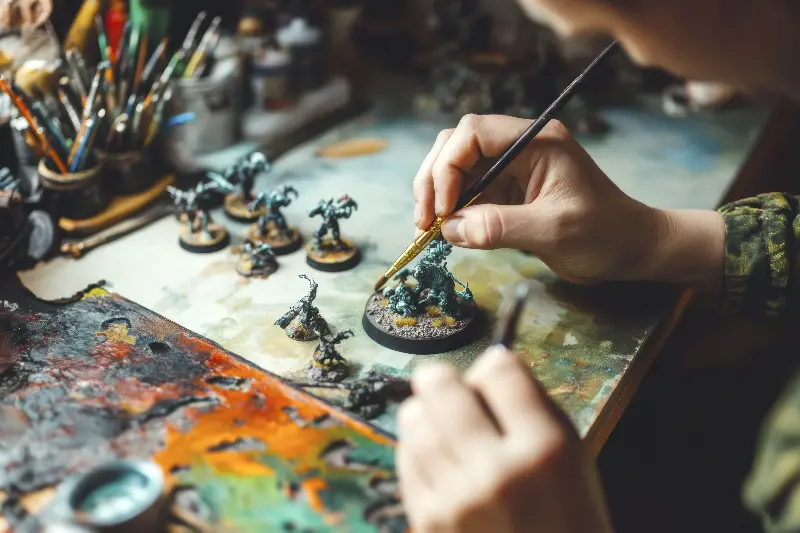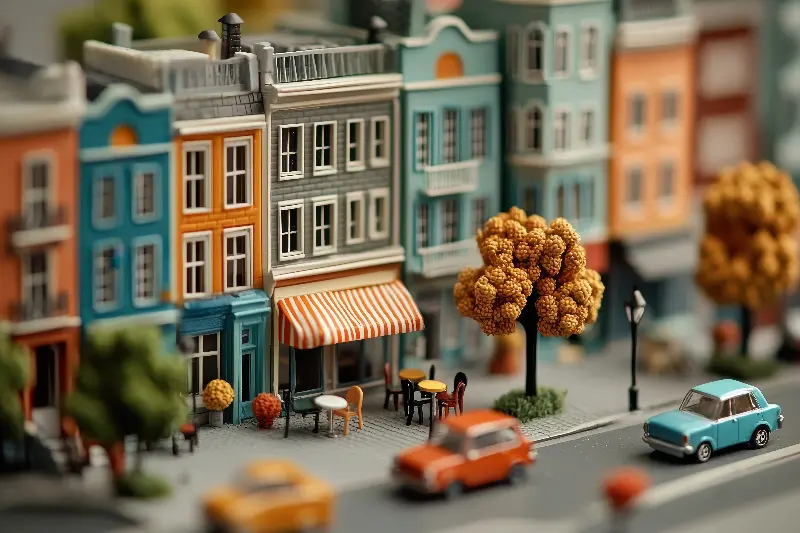Have you ever found yourself drawn to tiny worlds housed beneath glass domes or tucked away on hidden shelves? The art of miniature world-building is so much more than a hobby—it’s a unique art form fusing dexterity, patience, creativity, and often a dash of nostalgia. These microcosms don’t just shrink reality, they reinterpret it, reminding us of the wonder in the smallest things. Whether you’re captivated by a dollhouse no bigger than your palm or a scale model train weaving through handcrafted scenery, miniature artistry offers a dazzling blend of skill and story.

The Ancient Origins Of Miniature Craft
Miniatures have a richer history than many might assume. The ancient Egyptians created perfect tiny food offerings for their tombs, believing these would become real in the afterlife. In both Europe and Asia, intricate miniature furniture, animals, and even people have been unearthed in ancient burial sites. These artefacts reveal just how enduring the fascination with "little worlds" truly is.
Fast-forward to 16th and 17th century Europe, where “cabinet houses”—the ancestors to modern dollhouses—graced the parlours of the wealthy. These ornate showcases were less toys and more status symbols, each minute detail—fine silver, real embroidery—demonstrating the owner's sophistication. Over time, miniatures spread far beyond the elite, capturing the imagination of children, adults, and collectors worldwide.

Crafting The Impossible: Techniques And Tools
Creating a realistic miniature world by hand is a feat demanding both artistry and science. Artists work with materials like polymer clay, wood, metal, and even recycled odds and ends. Tweezers and magnifying lenses are staples in the toolbox, and the most skilled use custom tools crafted especially for their distinct style—some as delicate as a surgeon’s instruments.
Remarkably, many miniaturists develop their own tricks over years of trial and error. For example, using chalk for weathering, or making faux glass from transparent plastic packaging. Techniques such as dry brushing bring out microscopic textures, while layering paints and glazes creates the illusion of age, patina, or even sunlight streaming through tiny windows.
While traditional skills lay the foundation, technology is joining the fold. Laser cutters, 3D printing, and even digital modelling software let artists push the boundaries further, crafting scale-model furniture pieces with perfect precision or sculpting detailed landscapes once thought impossible to make by hand.

When Tiny Worlds Tell Grand Stories
The astonishing magic of miniatures doesn’t rest solely on technical perfection. What keeps viewers coming back is the story each diorama, house, or village tells. Step into a model railway scene and you might stumble upon a silent drama: a painter by a canal, a mischievous child peering from behind a fence. Look closer and entire moments—sometimes deeply personal memories—are brought to life through a careful arrangement of objects no larger than a fingernail.
Famous artists like Michael Yurkovich create miniature theatres that seem plucked from dreams, while the works of Tatsuya Tanaka use everyday items (a broccoli as a treetop, a spark plug as a chimney) to craft witty scenes blending reality and fantasy. There’s an element of playfulness but also of recognition—the best miniatures hold up a lens to our own lives.
Collecting and creating miniatures also offers a therapeutic escape. In a fast-paced world, the time and care required to position each brick or shine each floorboard by hand creates a sense of mindfulness and accomplishment. For many, this hobby nurtures community as much as it does creativity, with clubs, exhibitions, and bustling online forums dedicated to sharing advice and admiration.

Beyond The Dollhouse: The Modern Renaissance
Twentieth-century cinema, social media, and new technologies have propelled hand-crafted miniatures beyond the quiet parlour shelf. Hollywood has long relied on miniatures to conjure realistic worlds for films—before computer graphics, colossal cityscapes in classic movies such as “Star Wars” and “The Lord of the Rings” were painstakingly built by hand.
Today, the internet has democratised the artform further. On Instagram and TikTok, thousands of artists attract followers with time-lapse videos of intricate builds, from lifelike bedrooms inside walnut shells to sprawling fantasy castles. Annual exhibitions in cities like London, Chicago, and Tokyo draw crowds eager to marvel at the tiniest of masterpieces.
Miniaturism’s popularity shows no sign of slowing. Instead, as artists blend traditional craft with digital innovation, these little worlds are growing in ambition and reach. There are now even artists specialising in “micro-miniatures”—pieces barely visible to the naked eye—crafted with the aid of microscopes and steady hands.

The Enduring Allure Of The Miniature
When you gaze into a miniature world, it can be easy to lose yourself in its detail. Maybe it’s the stark realism, or perhaps it’s the bashful charm of seeing our everyday lives rendered so small and precious. Miniatures remind us of play and imagination, but also the beauty to be found in dedicating oneself to the tiniest of details.
Whether you’re an avid collector, a budding creator, or simply a curious observer, the world of hand-crafted miniatures invites you to marvel at what’s possible beyond imagination—one tiny masterpiece at a time.
